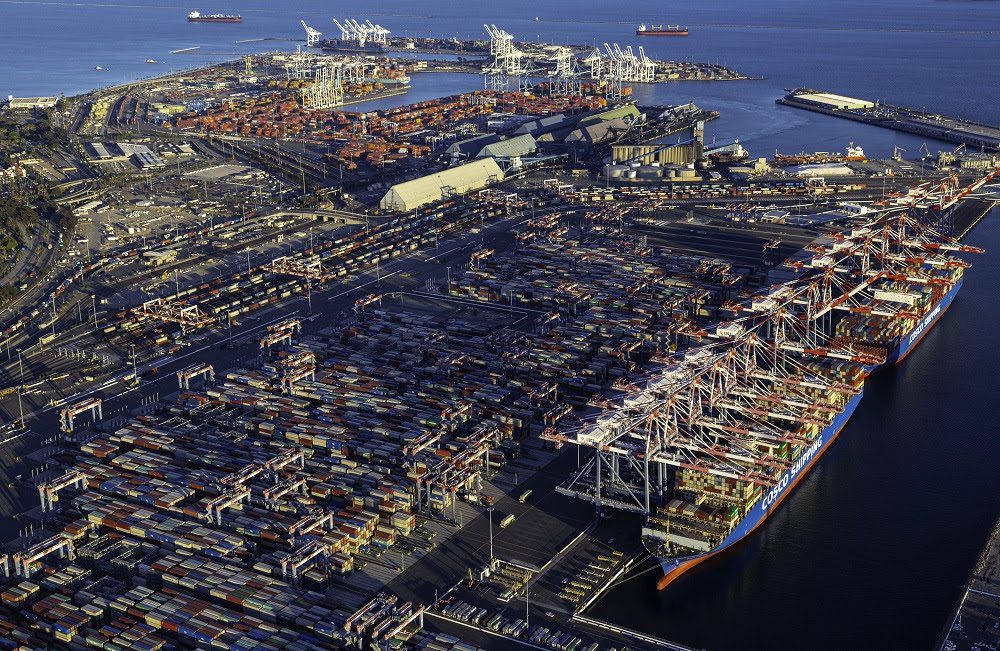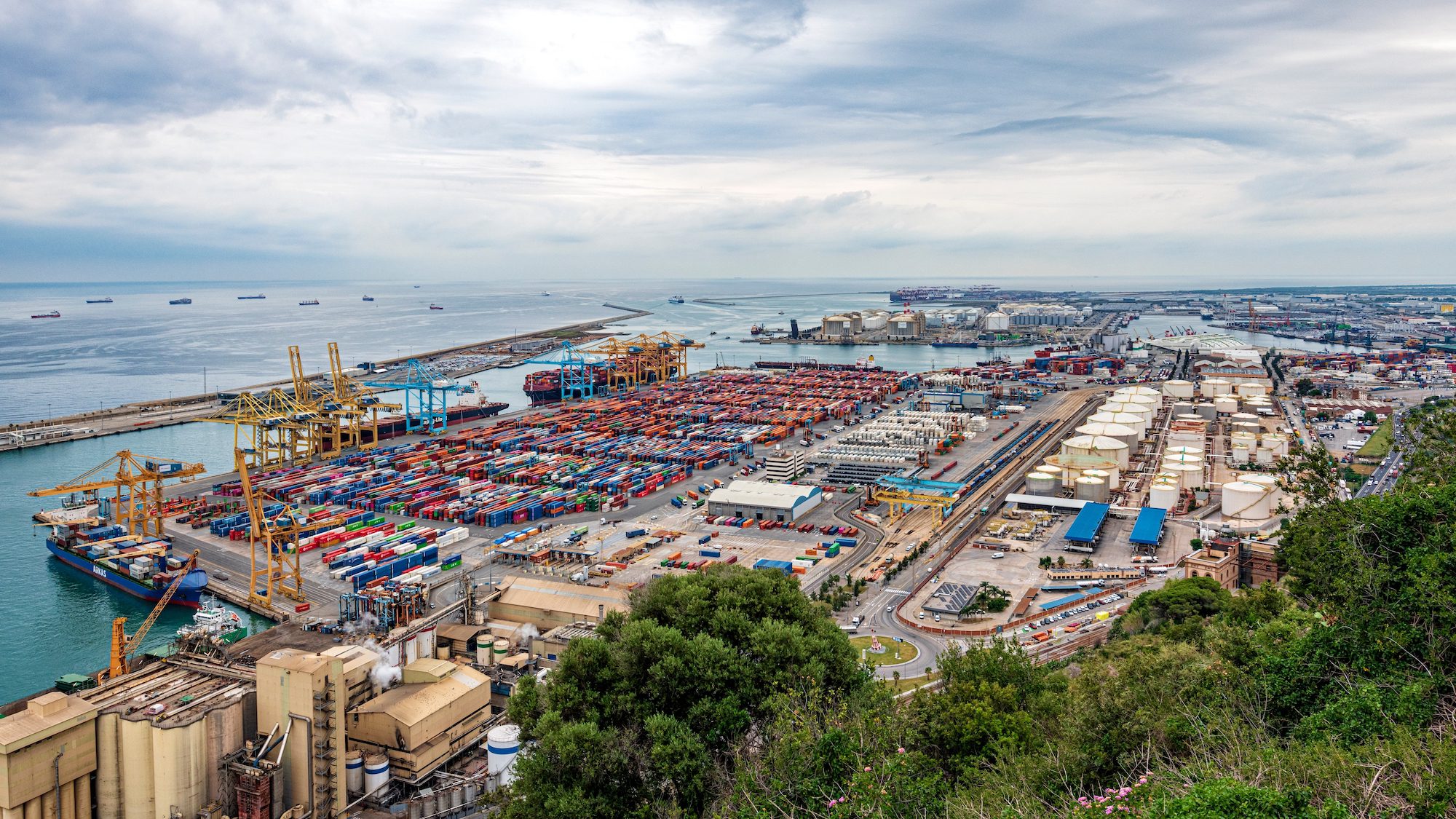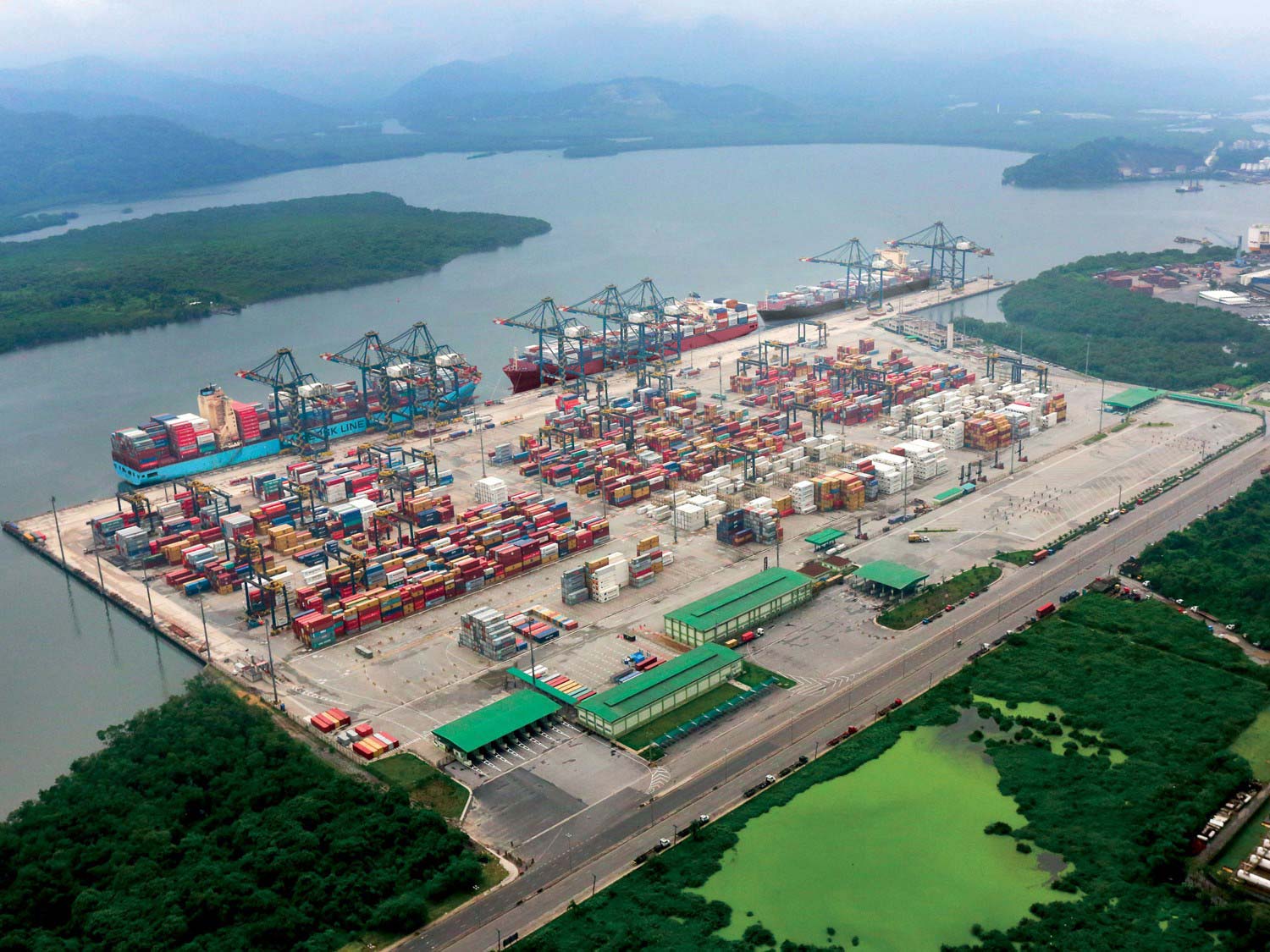The nation’s busiest port complex has taken a decisive step toward eliminating emissions from maritime operations, with the Long Beach Board of Harbor Commissioners voting unanimously to approve a binding agreement with the South Coast Air Quality Management District that establishes concrete deadlines for transitioning to zero-emissions infrastructure.
The cooperative agreement, which SCAQMD’s Governing Board approved on November 7, commits the ports of Long Beach and Los Angeles to developing comprehensive infrastructure plans in three phases, beginning with a draft plan in May 2027 and concluding with approved plans for all equipment categories by the end of 2029. The accord marks a significant evolution from the voluntary Clean Air Action Plan that has driven emissions reductions at the ports since 2005.
“We are pleased to move forward with this cooperative agreement and accelerate the progress we’ve achieved by making our operations cleaner and more efficient,” said Long Beach Harbor Commission President Frank Colonna. “It will deliver tangible results and a sustainable future without risking jobs or cargo throughput.”
The Los Angeles Harbor Commission is scheduled to vote on the agreement at its next regular meeting on November 20, after which the three parties will formally execute the accord.
The agreement addresses what has long been identified as the largest source of port emissions: oceangoing vessels. Through additional “CAAP Plus” measures currently under negotiation, the ports will pursue emission-reducing strategies including the Environmental Ship Index Incentive Programs and a zero-emissions drayage truck utilization program. These supplementary measures are targeted for completion by spring 2026.
“I commend the South Coast Air Quality Management District for its willingness to compromise, and all of the work by staff from the agency and both ports in recent months to develop this agreement in a transparent and open process,” said Port of Long Beach CEO Mario Cordero. “Collaboration has been a key to our success in reducing environmental impacts.”
The framework includes substantial enforcement provisions, with penalties ranging from $50,000 to $200,000 per violation. Those funds will be directed toward projects benefiting communities near the ports. The agreement also contains a 45-day exit clause providing flexibility for either party to withdraw if necessary.
SCAQMD Governing Board Chair Vanessa Delgado called the approval “a milestone more than a decade in the making and reflects a collective commitment to cleaner air for the South Coast region.” The air quality district will verify progress through annual reports and regular updates to its Governing Board on implementation milestones.
Long Beach Mayor Rex Richardson framed the agreement as emblematic of a shifting paradigm in port operations. “Environmental progress and economic leadership are no longer competing goals – they must move forward together,” he said. “This collaborative agreement marks a major step toward a more sustainable port complex that protects community health, advances our climate action commitments and strengthens regional economic growth with good-paying jobs.”
Once implemented, the agreement will target emissions from cargo handling equipment, harbor craft, trucks, trains and ocean-going vessels across the ports complex.
The agreement’s development involved extensive public engagement, with SCAQMD hosting nearly 30 public meetings since 2022, including community sessions and office hours.Public feedback directly influenced key provisions such as enforcement mechanisms and doubled penalties.
As part of the agreement, SCAQMD’s Governing Board adopted a resolution pausing rulemaking for five years unless the agreement terminates early, providing time for necessary infrastructure planning while preserving the agency’s regulatory authority.
The Clean Air Action Plan that preceded this agreement has already delivered measurable environmental gains, including 90% reductions in diesel particulate matter, 68% cuts in nitrogen oxides and 98% decreases in sulfur oxides from port-related sources since 2005.

 Join The Club
Join The Club











